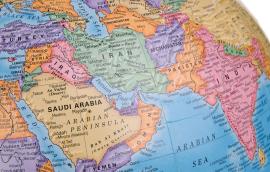U.S. Health System Transformation | Center for Health and Biosciences | Child Health Policy | Research Paper
Best Practices for Using Health Education to Change Behavior Though health education cost-effectively reduces the incidence, morbidity and mortality of chronic conditions such as obesity, currently there is no consistent, systematic method by which Americans are educated about their health. This paper discusses proven approaches to positively change poor behaviors such as overeating and a sedentary lifestyle — key factors that lead to obesity. Health problems related to obesity are thereby reduced, cutting health care costs.
Quianta Moore, Ashleigh Johnson April 30, 2015








